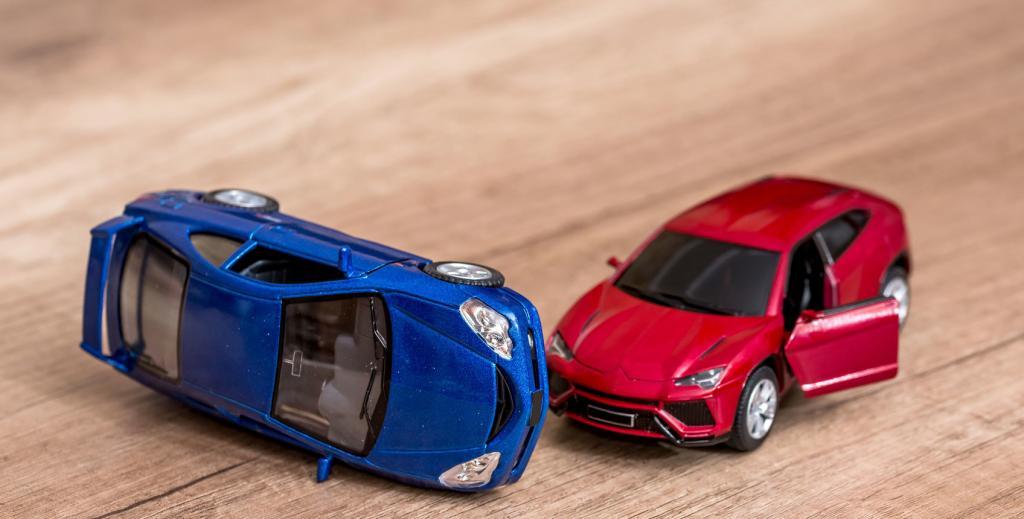The Australian Department of Infrastructure and Regional Development compiles and presents statistics on road trauma in the country. The findings released by this agency provide important insights into serious accidents on Australian roads, including how, where and when they tend to happen.
The following list summarises some of the most surprising facts from the 2016 statistical summary of road trauma in Australia.
Get fairer car insurance. Based on how you drive
1. Head-on accidents are not the primary cause of road fatalities
While it’s easy to picture a serious accident as the result of two vehicles hitting each other head-on at high speed, the reality is that other accident types take a greater toll on lives.
Single vehicle accidents (cars going off the road and rolling or hitting stationary objects) are responsible for more non-pedestrian road deaths than any other accident type. Meanwhile intersection crashes resulting in ‘T-bone’ accidents cause approximately as many deaths as head-on-collisions, and can result in life-threatening injuries at speeds as low as 30km/h.
2. Regional roads are more dangerous than urban roads
Serious car accidents happen with more frequency on regional roads than on metropolitan roads, a surprising fact given the population and traffic density of urban areas. You’re almost twice as likely to have a fatal car accident on regional and remote roads than on a metropolitan road, despite lower traffic volumes.
3. ACT is the safest place to drive in mainland Australia
The Australian Capital Territory has made significant inroads in its efforts to reduce road fatalities in the last decade, almost halving annual fatalities per 100,000 population. The state also boasts the country’s lowest fatality rate per 10,000 registered vehicles. In 2016 ACT’s road fatality rate was less than half the national average.
4. Friday evening is the most dangerous time to be on the road
More people are involved in fatal accidents on Friday evenings than any other day or time (with evening defined as the time period between 3pm and 9pm). The culprits here are fairly obvious – alcohol intoxication as well as fatigue at the end of the work week. The safest day and time to be on the road is Tuesday mornings between 3am and 9am.
5. Young drivers are the fastest improving driver demographic
At least when using road fatalities per 100,000 population as a comparison point. While young drivers (defined as drivers between the age of 17 and 25) are the most maligned class of driver, they have been demonstrating the fastest rate of decrease in fatalities of any age group. Meanwhile drivers over the age of 75 are the slowest improving driver demographic.
6. Low speed zones are more dangerous than high speed zones
Many drivers let their guard down in urban areas signposted at 50km/h, and this is perhaps part of the reason that around 12% of fatal accidents happen in these zones. Meanwhile 60 km/h speed zones are around twice as dangerous as 50 km/h zones. In fact you’re around twice as likely to be involved in a fatal accident on a road signposted with a 60 km/h or lower speed limit than you are on a road with a speed limit over 110 km/h.
7. Women are much safer on the road
Women are involved in fewer serious accidents than men. What is surprising is the scale of the difference between men and women when it comes to risk of a fatal car accident. Even the most at-risk demographic of female drivers, women between the ages of 17 and 25, are at less risk of a fatal car accident than the lowest risk demographic of male drivers, men between the ages of 65 and 74. Meanwhile an Australian woman aged 40-64 is around five times less likely to be involved in a fatal car accident than an Australian male aged 17-25.
Drive more safely with UbiCar
Safer driving starts with understanding how you drive. Download the UbiCar app now to get driving scores and feedback on your driving as well as rewards such as fairer car insurance rates when you drive safely.


